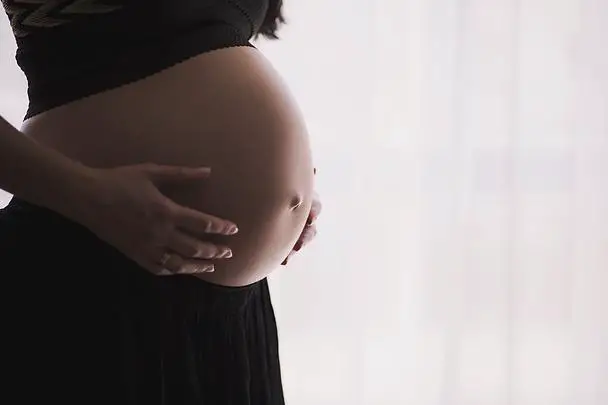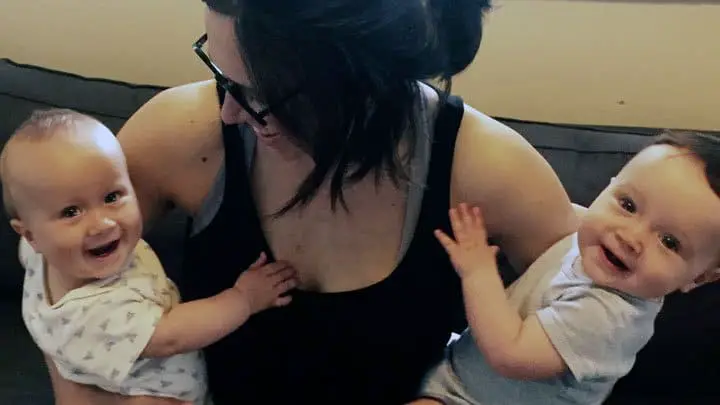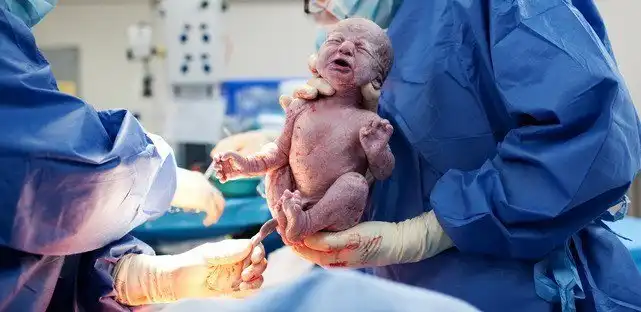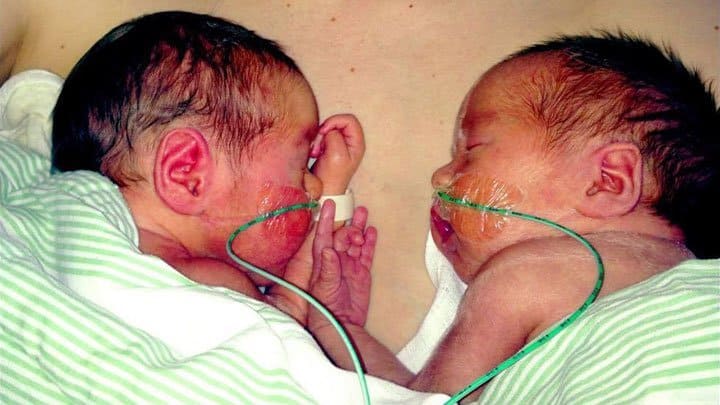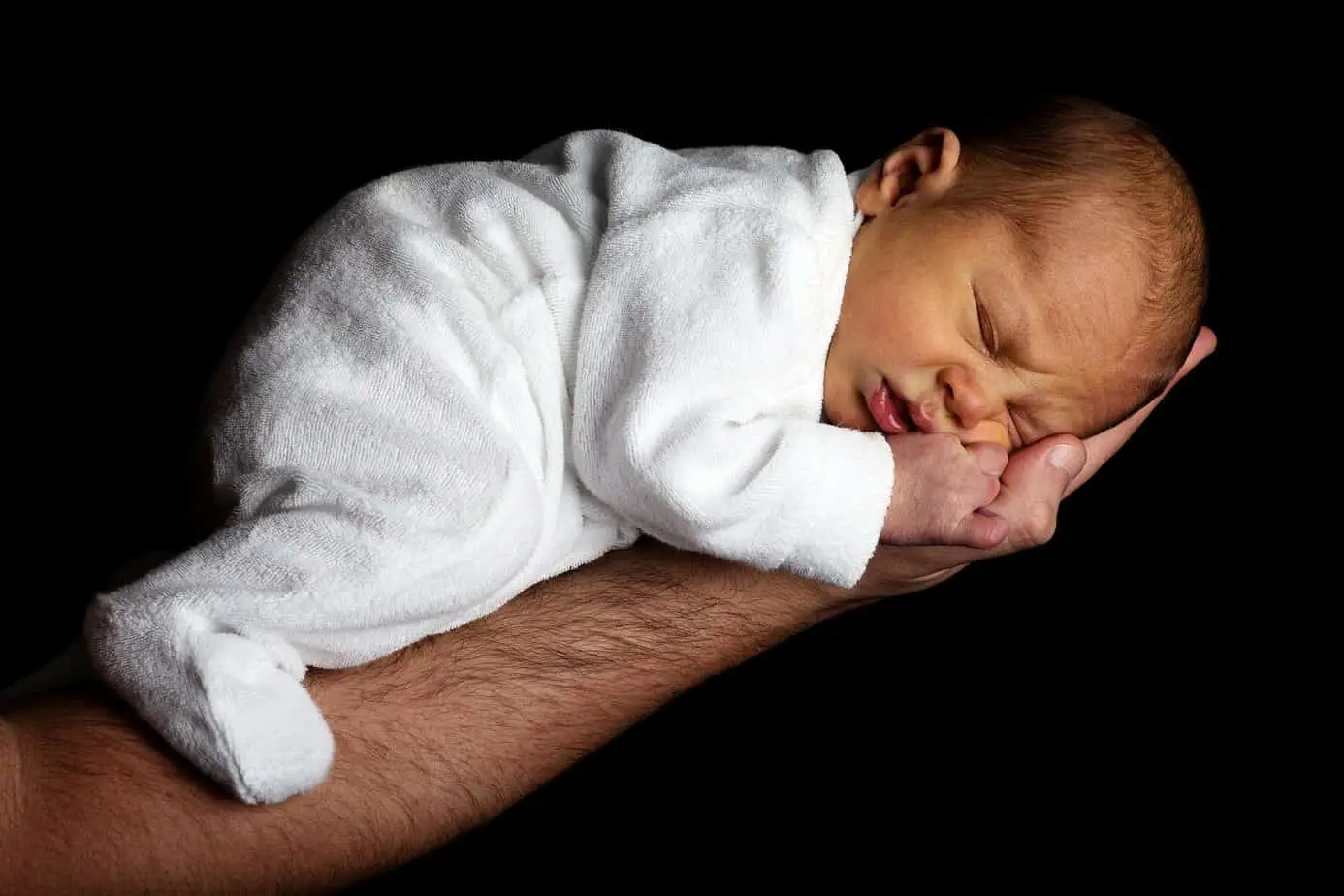Botswana: First case of infant with fetus-in-fetu
The first case of fetus-in-fetu in a full-term baby born in Botswana has been reported. This is confirmed in a case report. The report is from the University of Botswana, at the Princess Marina Hospital. The report was published in the Journal of Pediatric Surgery Case Reports in July 2017. Fetus-in-fetu describes a fetus implanted within its monochorionic twin. The mass of tissue from the implanted twin is entirely dependent of the host twin for its survival through a vascular connection. The condition is very rare. It occurs in about 1 in 500.000 live births.
A cystic mass in the baby’s kidney
The Botswanian baby was born at 38 weeks gestation. A planned c-section was performed. This was due to the detection of a fetal mass during the mother’s routine antenatal ultrasound scan. At 20 weeks, an ultrasound scan showed a live baby with an estimated fetal weight of 1999 grams (4oz, 6lbs). The baby had a cystic mass in the right kidney. Repeat obstetric ultrasound scans showed similar findings with an increase in the size of the mass. The 38-year old woman was a first time mother and had no medical problems during pregnancy. The c-section progressed as planned. A girl was born with a birth weight of 3200 grams (7oz). The girl did well and quickly adapted to breastfeeding. However, an abdominal ultrasound of the baby showed a complex cystic mass. The baby also had a mildly distended abdomen.
A procedure to remove the cystic mass
The cystic mass appeared to be attached to the right kidney. A laparotomy* was deferred at the time. This was due to the unavailability of a pediatric surgeon and also because the distension of the abdomen at the time was deemed to be mild. At the age of two months, the mass had grown. A laparotomy was done. Separation and excision of the mass was not difficult. After the mass was opened, smooth muscle, skeletal muscle, bone and neural tissue was found. Two well-formed adrenal glands were also present. These findings are consistent with a diagnosis of fetus-in-fetu.
*A laparotomy is a surgical procedure involving a large incision through the abdominal wall to gain access into the abdominal cavity.
Some develop into tumors
At two months, the girl was growing and reaching milestones as expected for her age. She was seen again at four months. She was doing well and a follow-up ultrasound scan of her abdomen was normal. At eight months she was still doing fine. She will be seen again at age two, where she will be discharged for follow-up, if all still looks well.
Based on this case report, the researchers recommend that all fetus-in-fetu cases should be managed with extreme caution. Especially due to the fact that some cases can develop into teratomas – tumors – that are malignant. Early surgery of the host twin should therefore be a primary consideration. The researchers suggest that all pregnant women with suspicious abdominal findings on antenatal ultrasound scans are referred to and deliver in a referral centre. This is to ensure more specialized care, giving the infant with fetus-in-fetu the most optimal survival chances.


